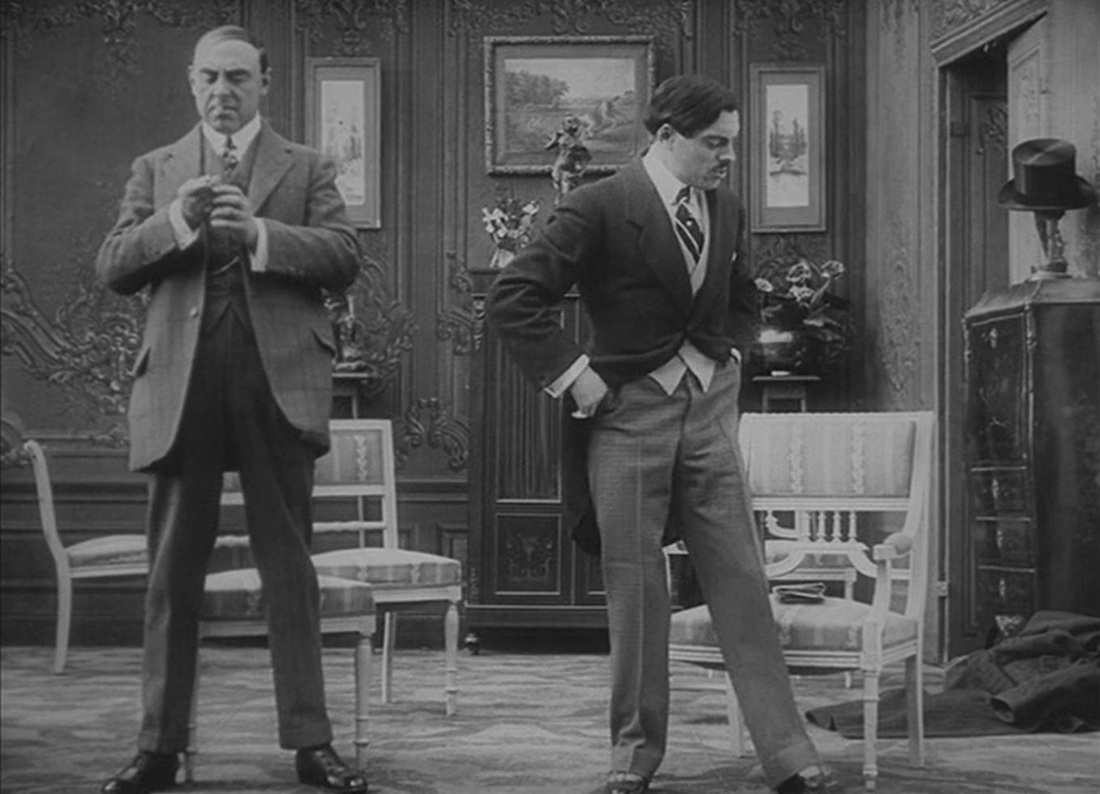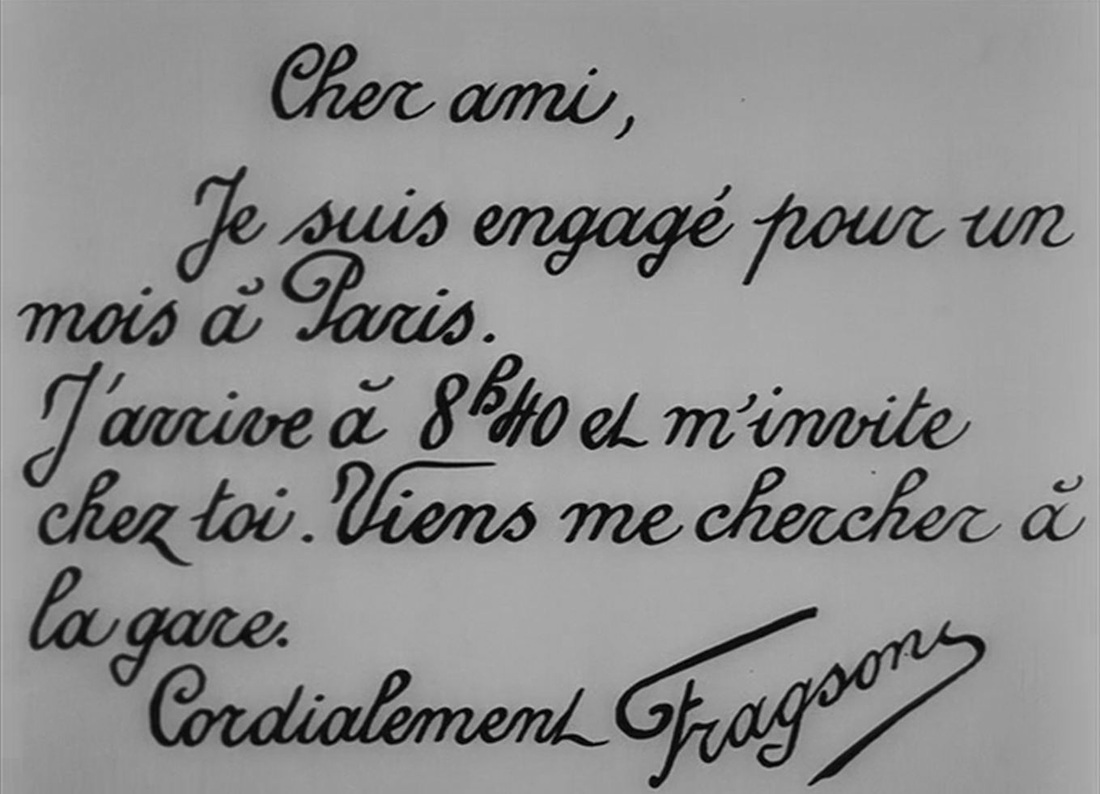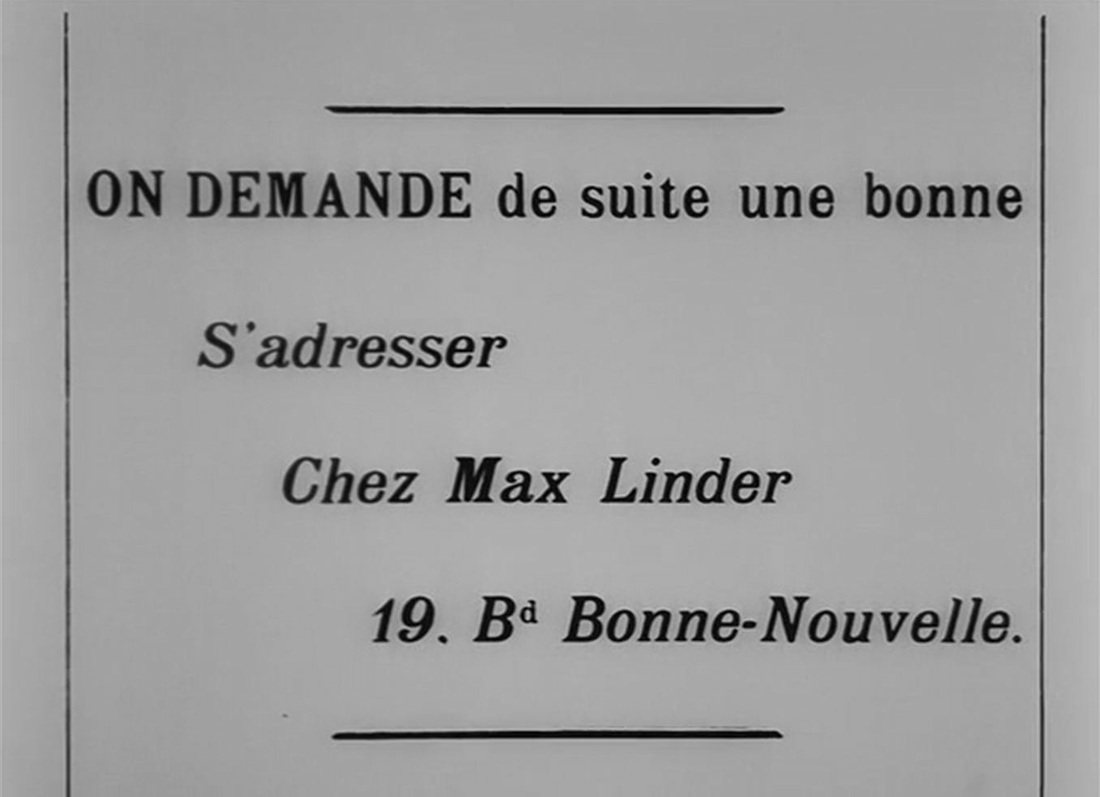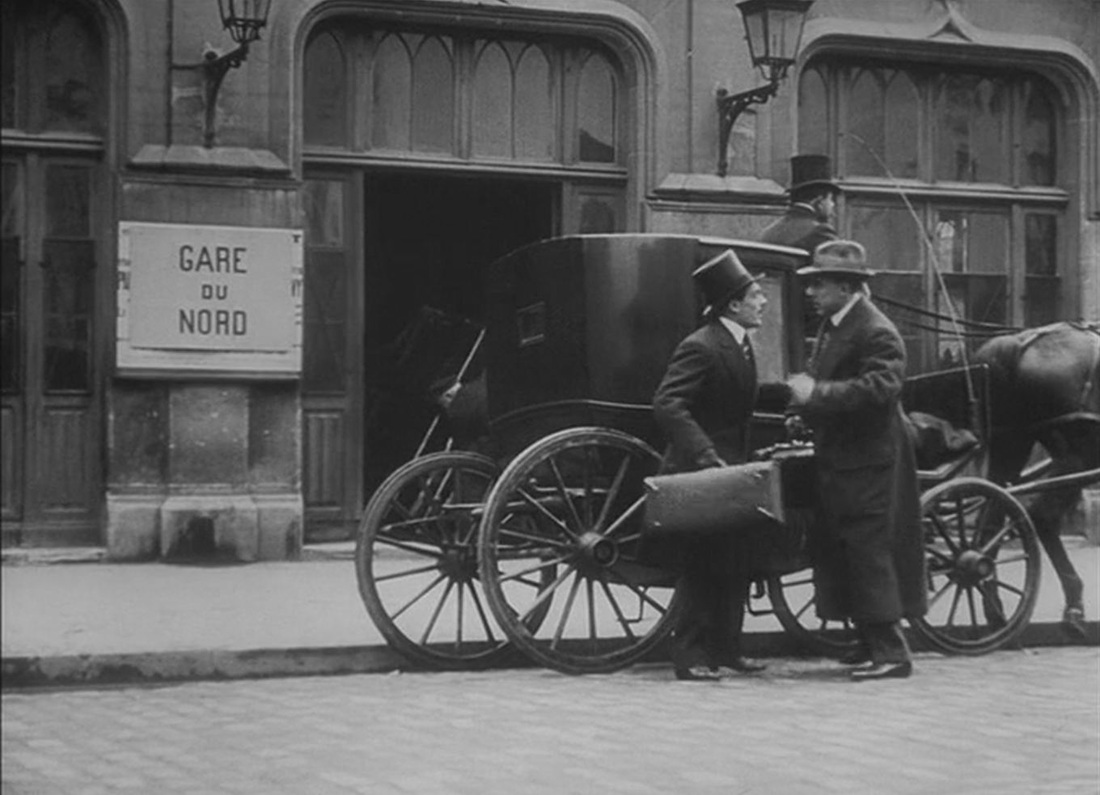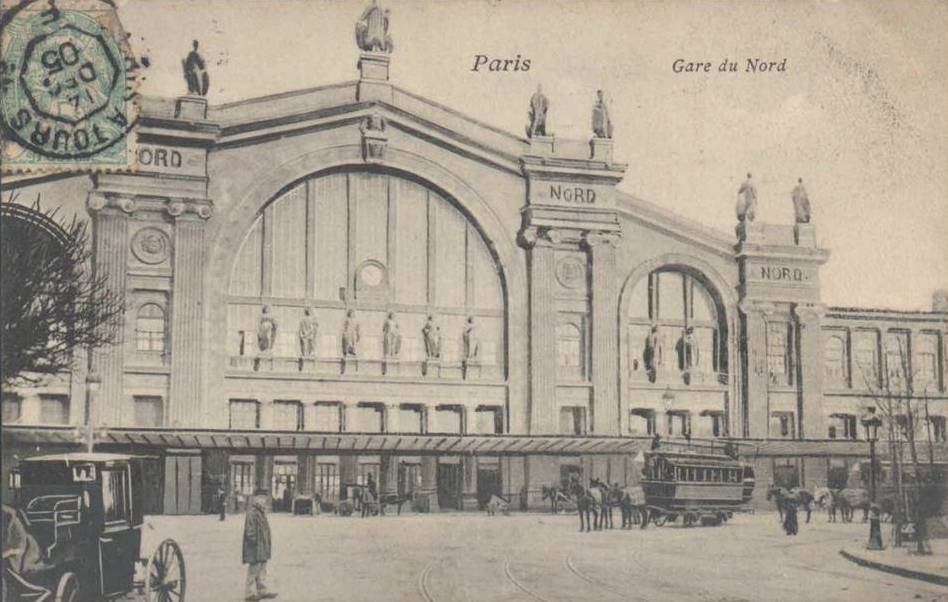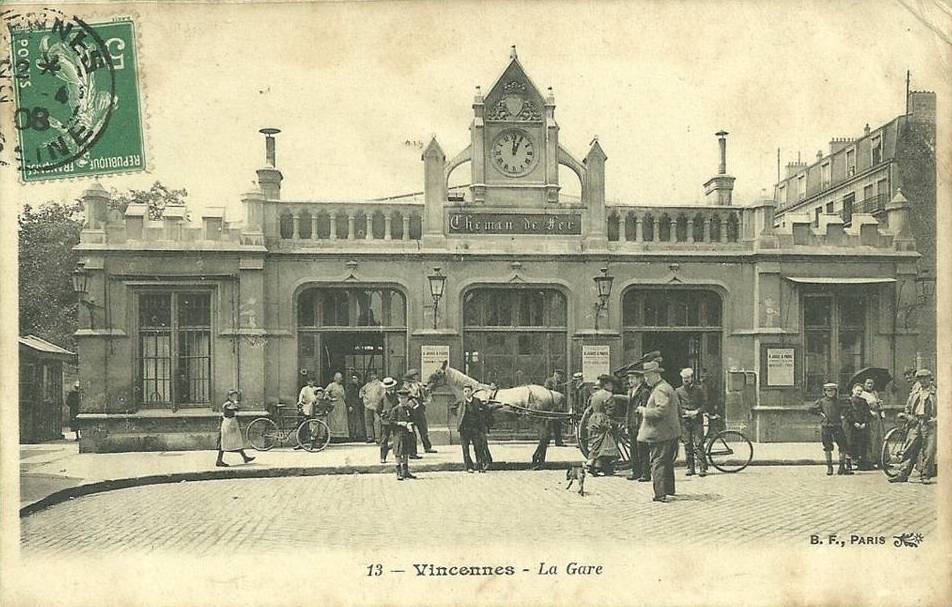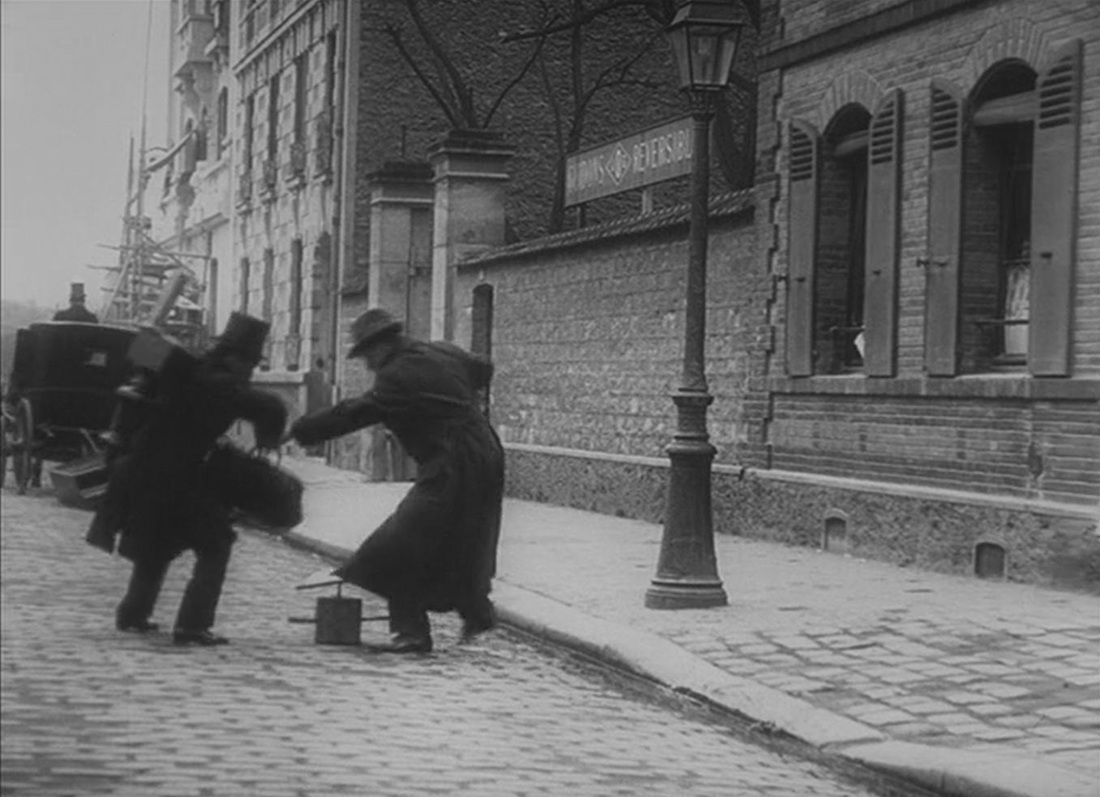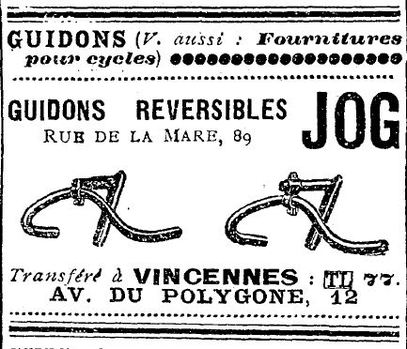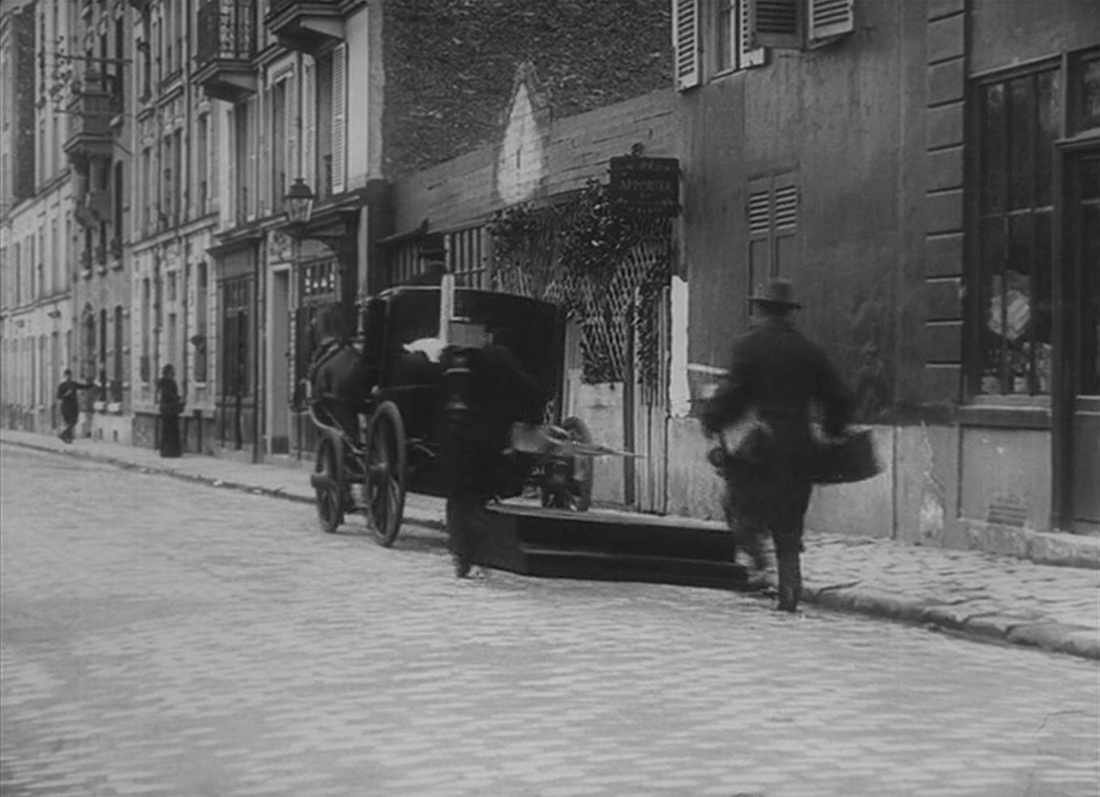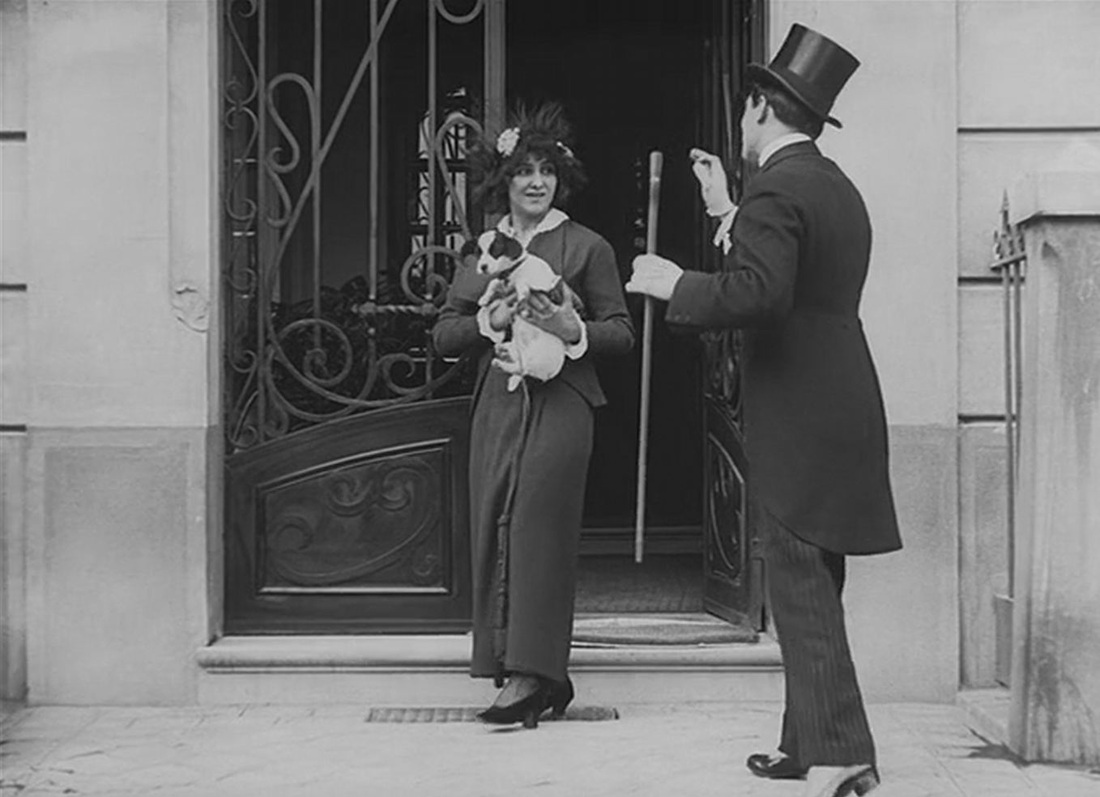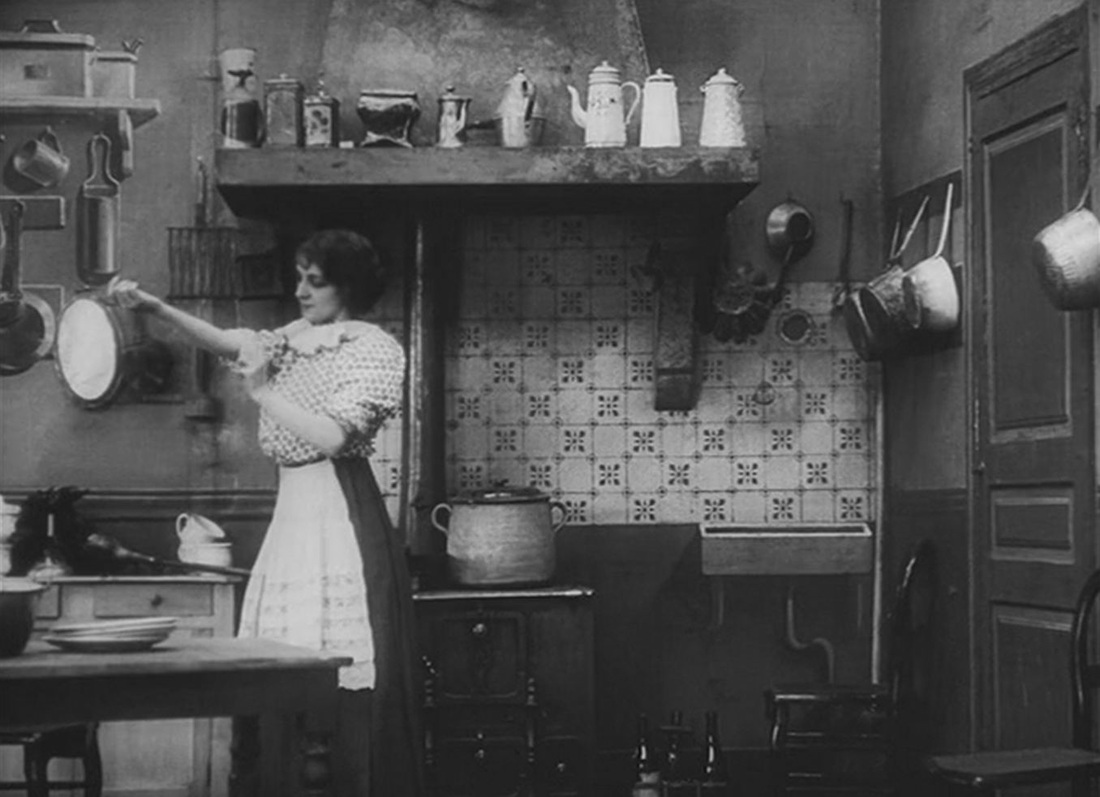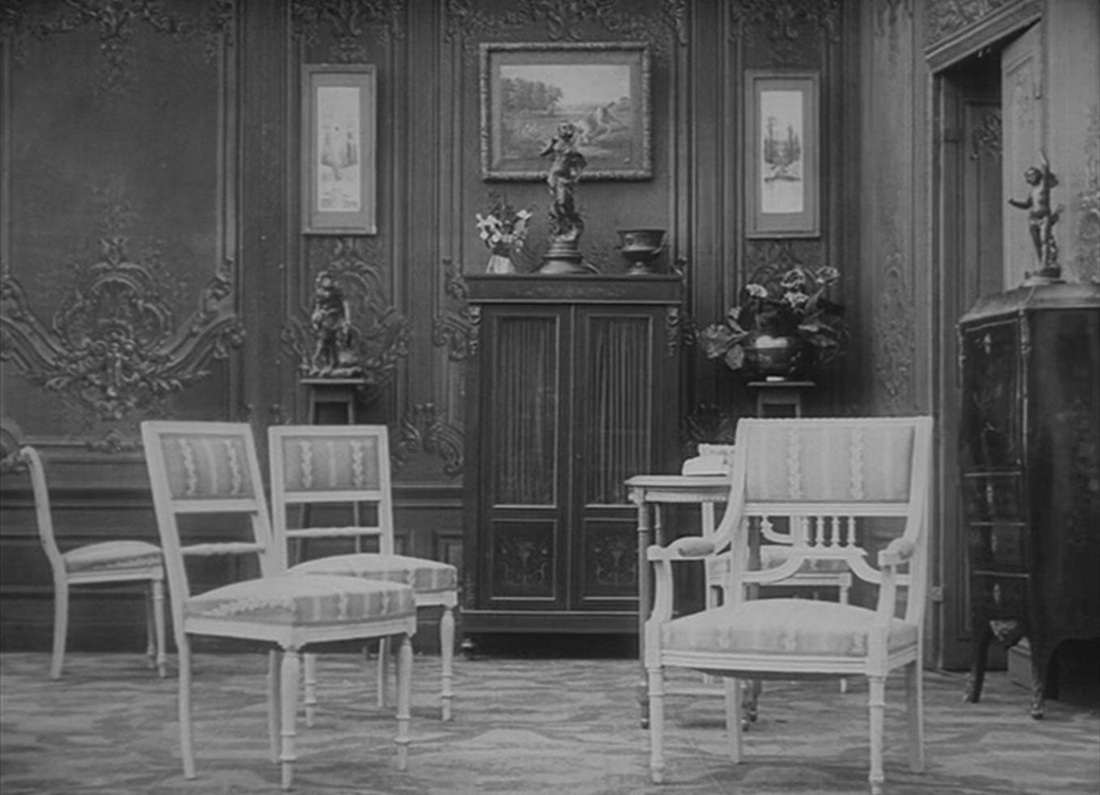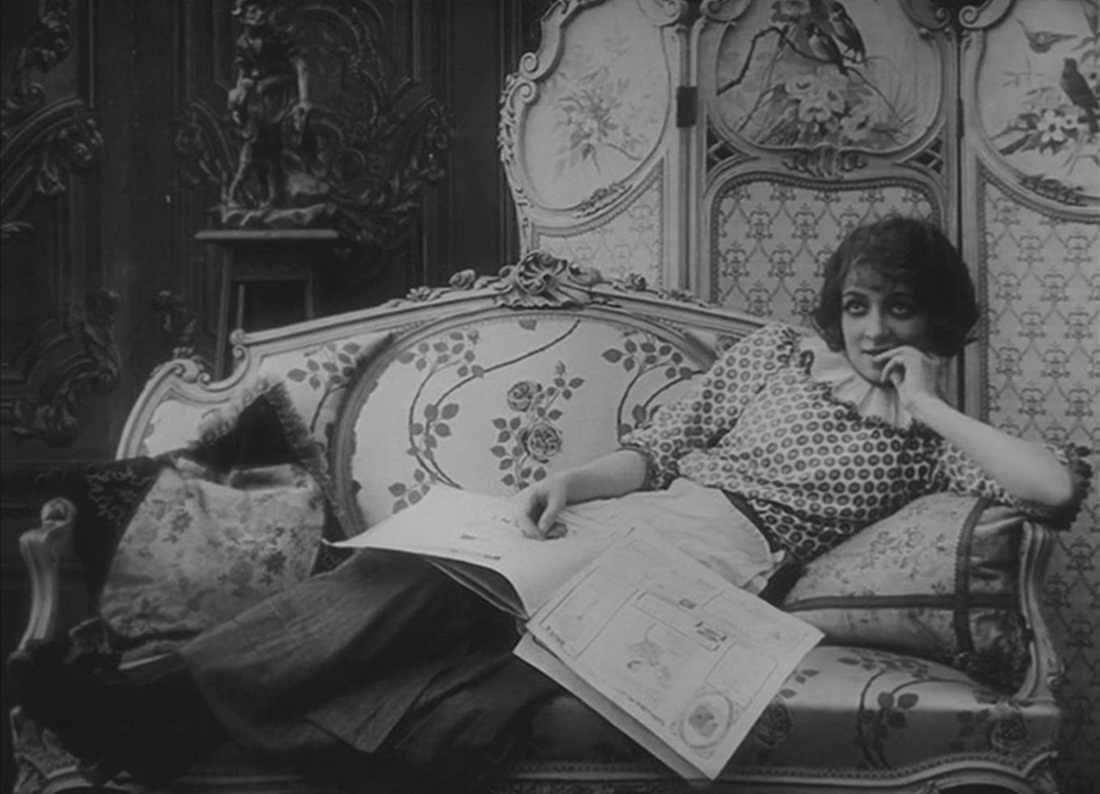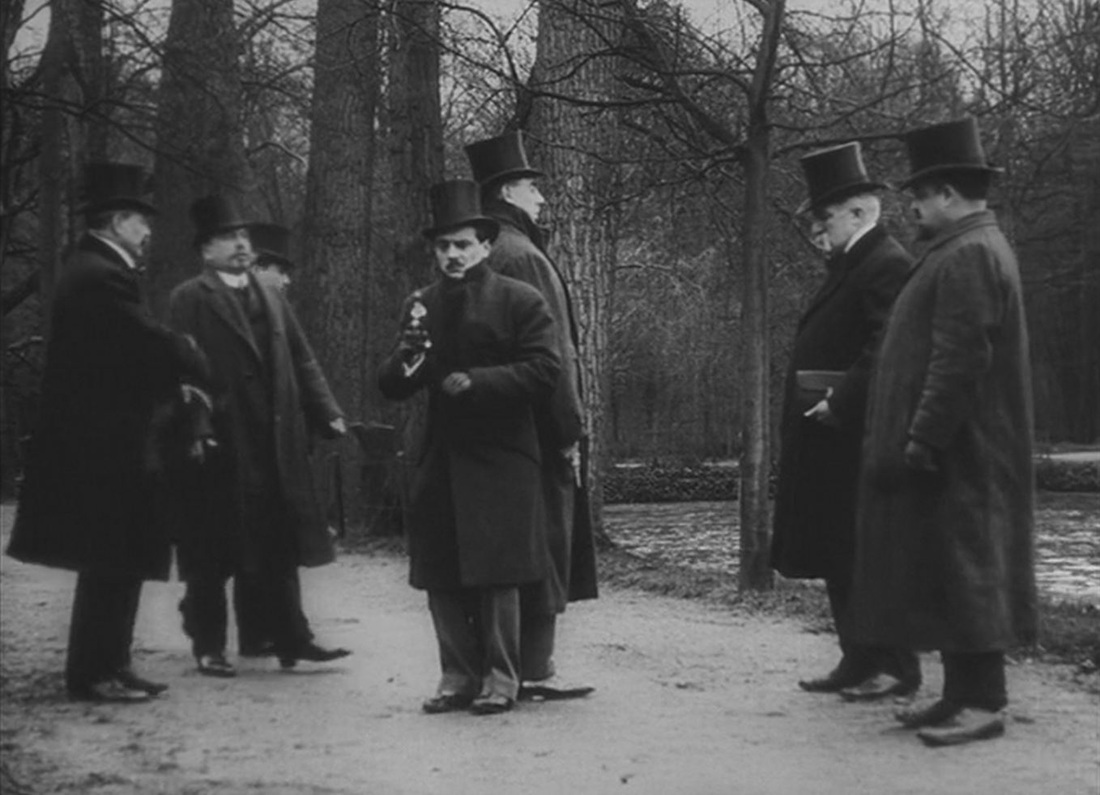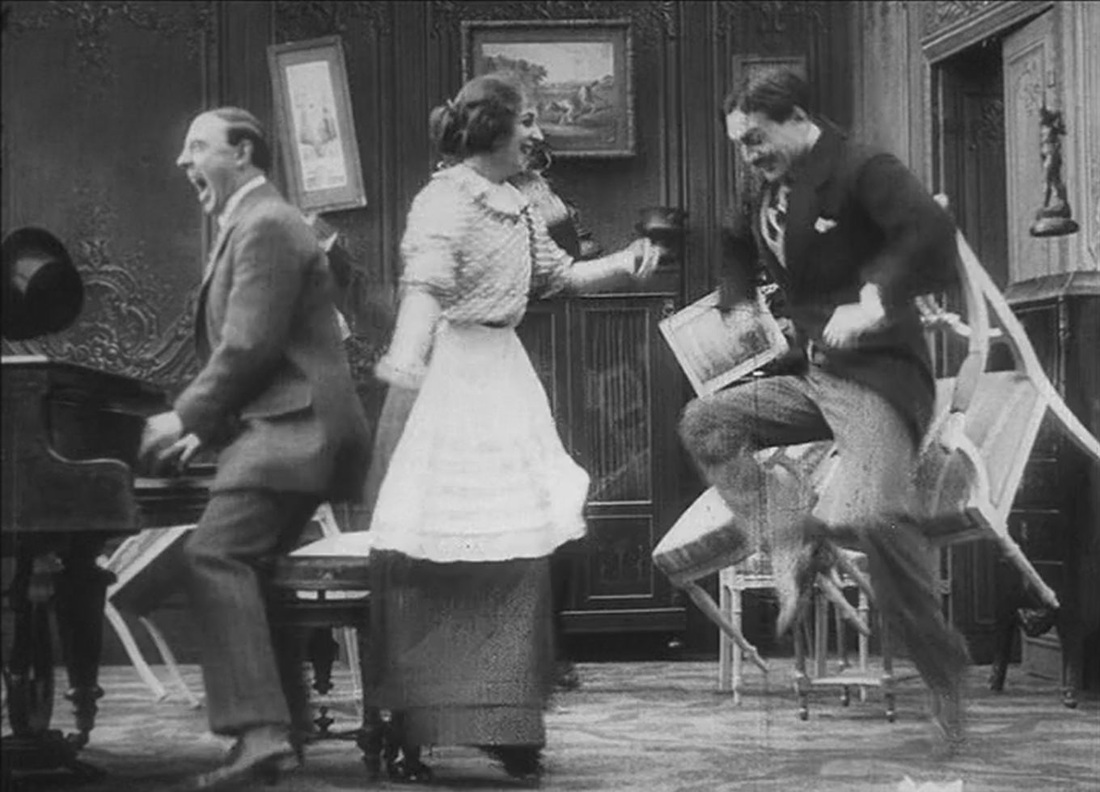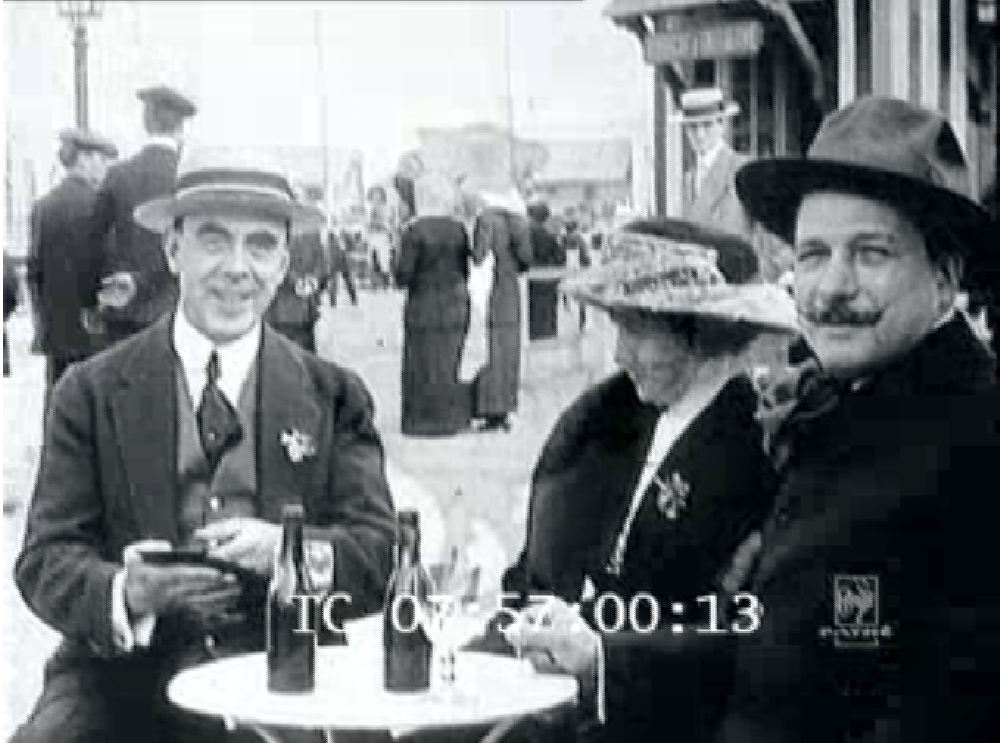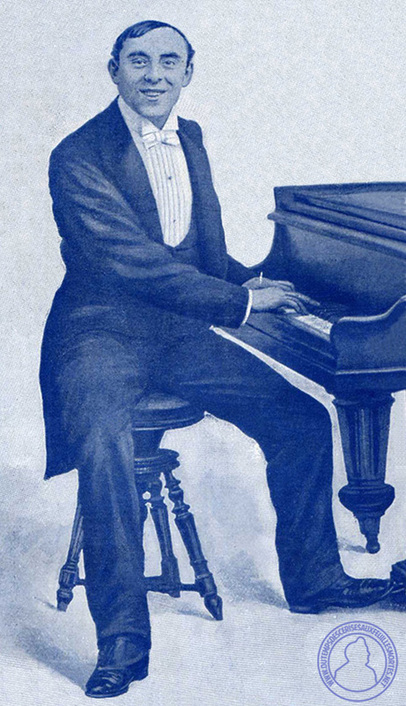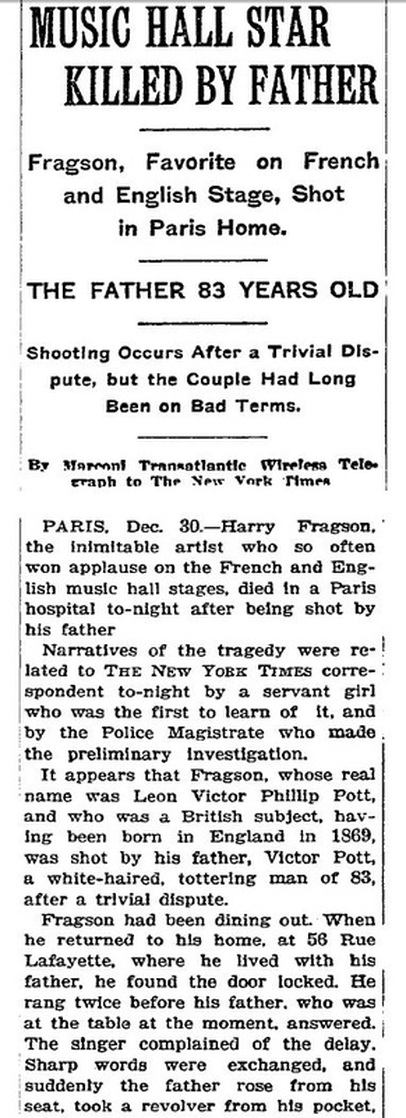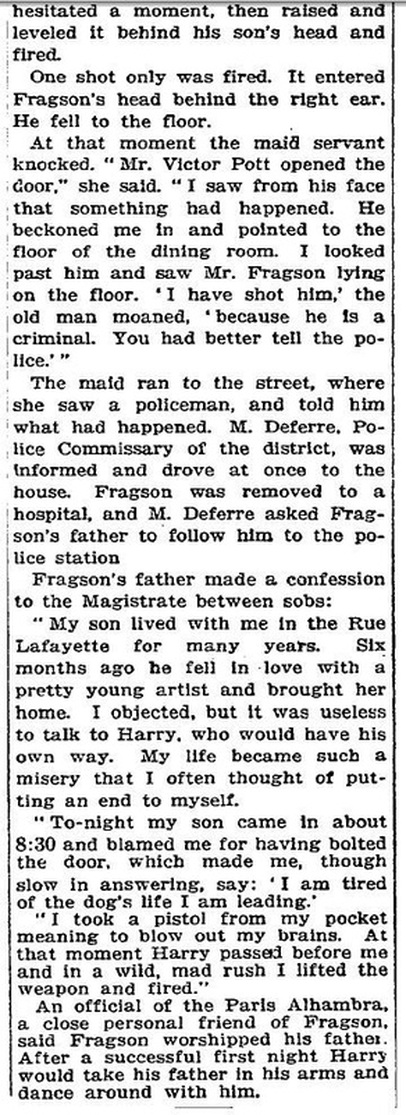when Harry met Max, and where:
Harry Fragson and Max Linder in Paris and Vincennes
Harry Fragson and Max Linder in Paris and Vincennes
A new collection of beautifully restored Max Linder films (Editions Montparnasse) offers an occasion to revisit the streets in which Linder made his films (see here for an earlier discussion of this topic).
The 1912 film Entente cordiale brings together the biggest star of French cinema and Harry Fragson, star of stage and recordings on both sides of the Channel.
The film situates Max firmly in Paris, firstly with the letter he receives from Fragson, announcing his visit, and then with a notice in the newspaper giving Max's address:
The 1912 film Entente cordiale brings together the biggest star of French cinema and Harry Fragson, star of stage and recordings on both sides of the Channel.
The film situates Max firmly in Paris, firstly with the letter he receives from Fragson, announcing his visit, and then with a notice in the newspaper giving Max's address:
Max goes to meet his friend from the boat train at the Gare du Nord:
Here is a first indication that Max's Paris is not quite right. The sign reading Gare du Nord is clearly something temporary pasted over another sign, and the building to which it is attached is not Paris's Gare du Nord:
In fact Max meets Harry at the railway station in Vincennes, a few streets from the Pathé studios where the film was being made:
After the station we have three views of the cab that should be taking Max and Harry to Max's home, but is instead dragging Harry's piano along behind it with the two men chasing on foot. These three views are all in Vincennes:
|
This is the avenue du Polygone, now the avenue du Général de Gaulle.
(The sign above the wall is for a manufacturer of reversible handlebars for bicycles - this advertisement, right, is from the 1911 Paris directory published by Hachette.) The next shot shows them further down the same street, by no.26: |
In the last view of this journey the cab arrives at Max's house - supposedly 19 boulevard Bonne Nouvelle, in Paris:
This is actually 10 rue du Donjon, next to the Pathé studios, a building that serves in at least six other Max Linder films: Victime du quinquina (1912), La Malle au mariage (1912), Max fait des conquêtes (1913), Max et la doctoresse (1914), Mariage forcé (1914) and Max pédicure (1914). Here it is, in the last of these:
Save for one more exterior scene, the rest of Entente cordiale plays out inside this building, or rather, of course, in studio sets purporting to represent Max's apartment:
The one other exterior is the site of a duel between Harry and Max (they have argued over the affections of the maid). They face each other in the woods by a river, almost certainly in the bois de Vincennes:
To be precise, they don't face each other, being too cowardly to turn to shoot. They fire randomly, and appear to shoot the arbiter of the duel and all four seconds (as well as several passing birds):
The bullets turn out to be blanks, the maid turns out to be an heiress - the daughter of American millionaire Mr Rocfait Lair - and it turns out that she truly loves Max. Harry and Max are reconciled, and the film ends with Harry accompanying the couple, and the furniture, in a frenetic dance of celebration:
Having Vincennes pass for Paris is common enough in Linder's films. Entente cordiale adds to the topographical mix the Americanness of Max's beloved (as in, for example, L'Anglais tel que Max le parle and Max pratique tous les sports) and the Englishness of his rival in love.
|
The first conversation between Linder and Fragson has them discussing the turbulence of the Channel crossing, and Fragson's seasickness (see here). The journey is a fiction. Though Fragson was a British citizen, he wouldn't have needed to cross the Channel to visit Linder, since he lived in Paris, on the rue La Fayette. He made records in Britain and France, and was apparently filmed in performance by Alice Guy for one of her Gaumont photoscènes.
The online catalogue of the Gaumont-Pathé archives does not list this film by Guy, and offers very little other Fragson-related material. Some newsreel footage shows Fragson in conversation with an unnamed woman and the music-hall star Fursy: |
The inclusion of Entente cordiale in the new collection of restored Linder films will be much appreciated by Fragsonistes, adding an extended image-track to the soundtrack of his many recordings (listen here and here, for examples).
Both Max and Harry died in tragic circumstances. The double suicide of Linder and his wife in 1925 is well documented. Fragson was killed by his own father, as described below in the New York Times of December 31 1913:
Both Max and Harry died in tragic circumstances. The double suicide of Linder and his wife in 1925 is well documented. Fragson was killed by his own father, as described below in the New York Times of December 31 1913:
Not all of the biographical information in this New York Times article is correct. For a fuller account of Fragson's life and death, see the site Du temps des cerises aux feuilles mortes.
